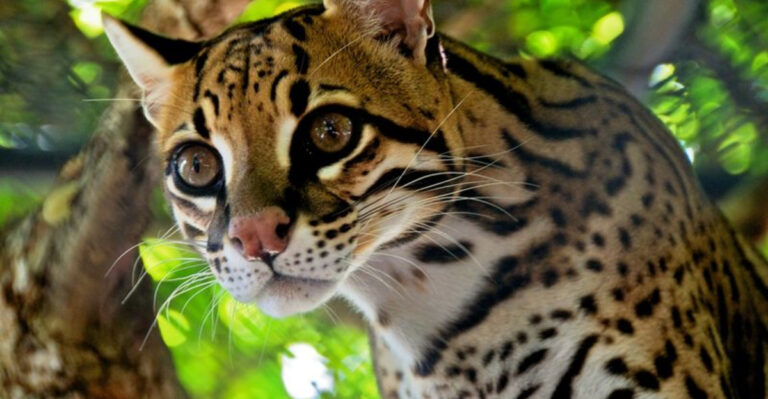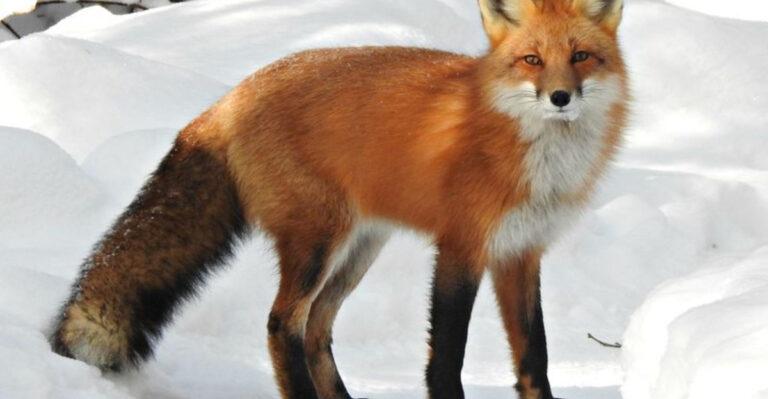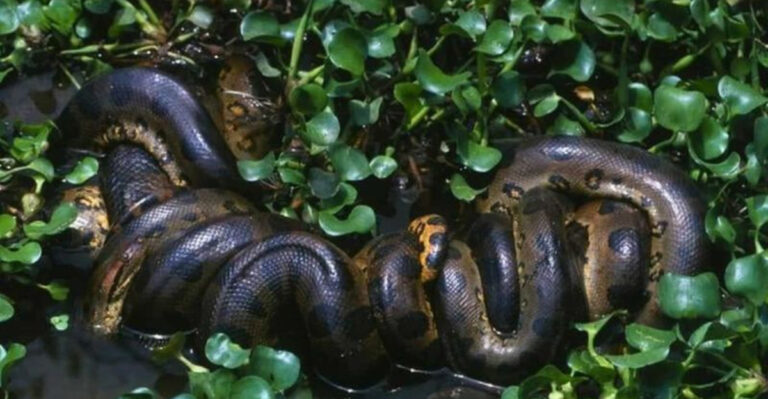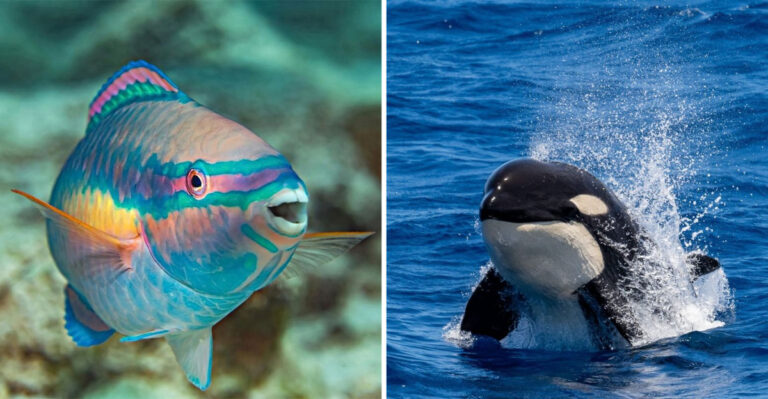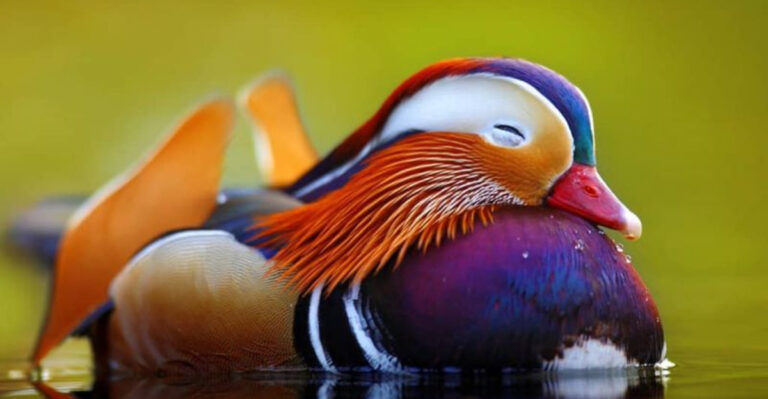19 Creatures That Dogs Can’t Stand
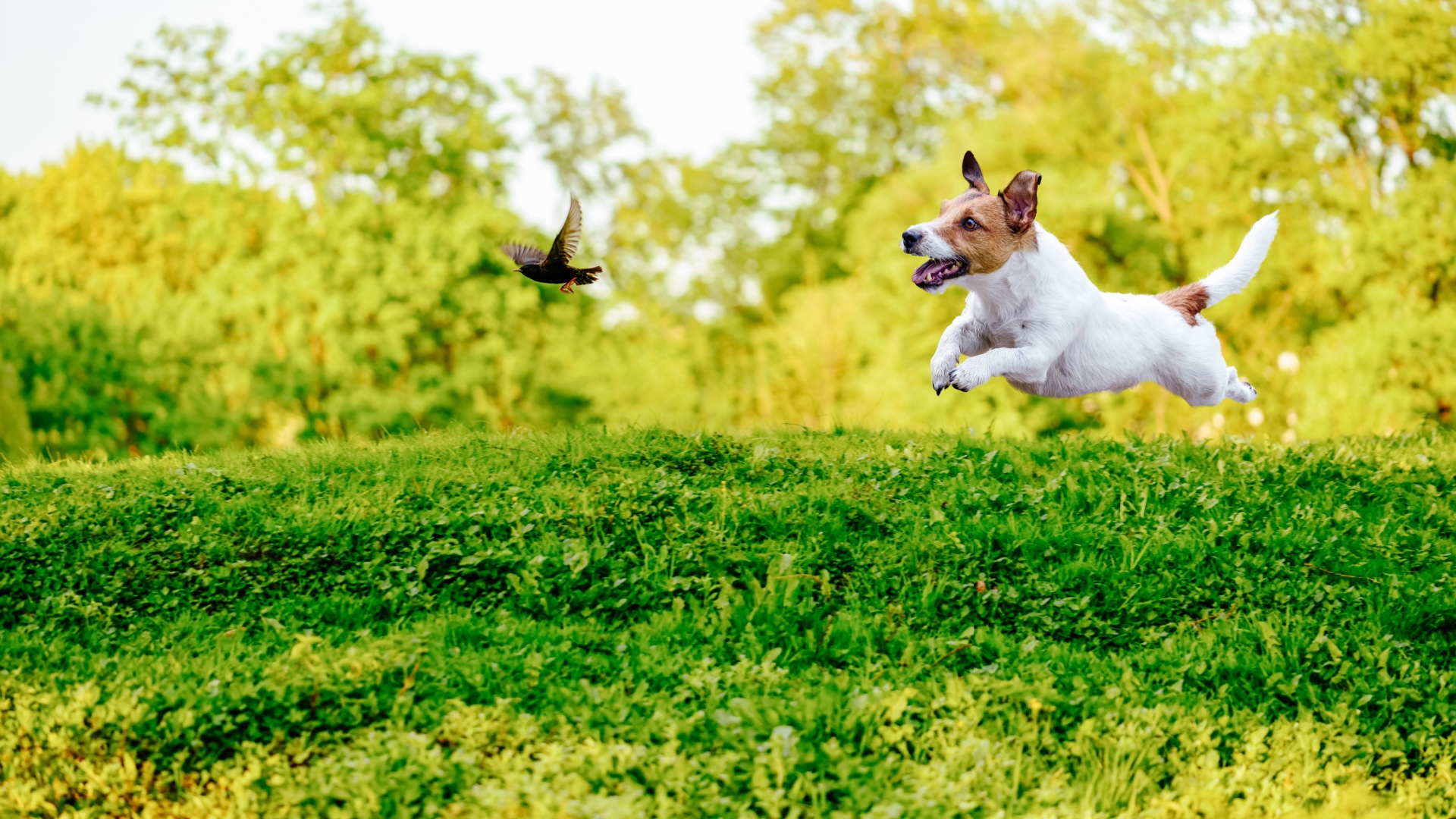
Dogs, our faithful companions, have their own list of adversaries in the animal kingdom. From the stealthy cat to the buzzing bee, there are certain creatures that seem to irk our canine friends more than others.
While every dog is unique and may have its own personal nemesis, there are certain critters that universally get under their fur.
Whether it’s the hiss of a snake or the flutter of a bird, these animals can turn even the most stoic dog into a bundle of nerves. Join us as we explore the reasons behind these furry feuds and discover some surprising enemies along the way.
1. Cats
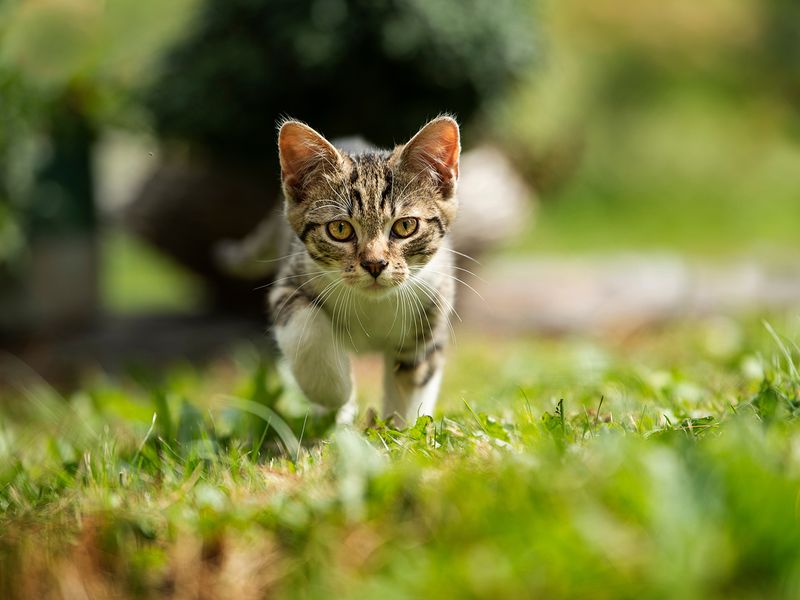
Cats have long been known as one of the primary nemeses of dogs. Their agile movements and aloof demeanor often confuse dogs, who expect a more straightforward body language from their peers. Cats are mysterious creatures, and their ability to leap to high places leaves dogs feeling perplexed and sometimes agitated.
Moreover, their tendency to hiss when threatened can send a dog running in the opposite direction. For many dogs, a cat’s presence in their territory is an unwelcome intrusion that must be addressed immediately.
This age-old rivalry often results in a chase, with dogs tirelessly pursuing their feline counterparts around the house or yard. Interestingly, some dogs and cats do manage to forge friendships, challenging the stereotype. However, for the majority, cats remain elusive creatures that keep dogs guessing. Despite this feud, the dynamic between cats and dogs continues to captivate pet owners worldwide.
2. Squirrels
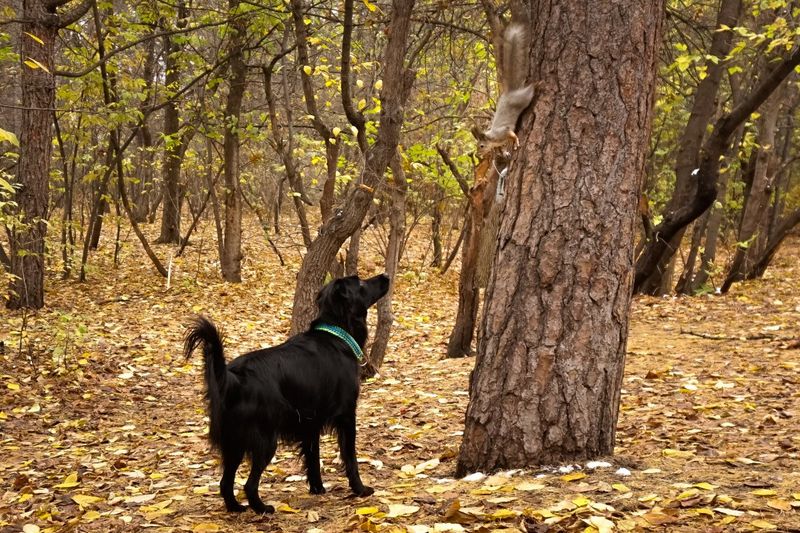
Squirrels are the ultimate tease for many dogs. Their quick movements and cheeky behavior can send a dog into a frenzy.
These little critters dart across lawns and scamper up trees with ease, leaving dogs barking in frustrated pursuit. For dogs, catching a squirrel is more of an unattainable dream than a realistic goal. The sight of a squirrel in the backyard can send even the laziest of dogs into a spirited chase.
Squirrels seem to enjoy this game of cat and mouse, often pausing just out of reach to taunt their pursuers.
Despite their best efforts, dogs rarely catch up to these agile rodents, leading to a mix of excitement and exasperation. This interaction highlights a dog’s natural hunting instincts, bringing out their wild side. While dogs may never conquer the elusive squirrel, their attempts are entertaining for onlookers.
3. Bees
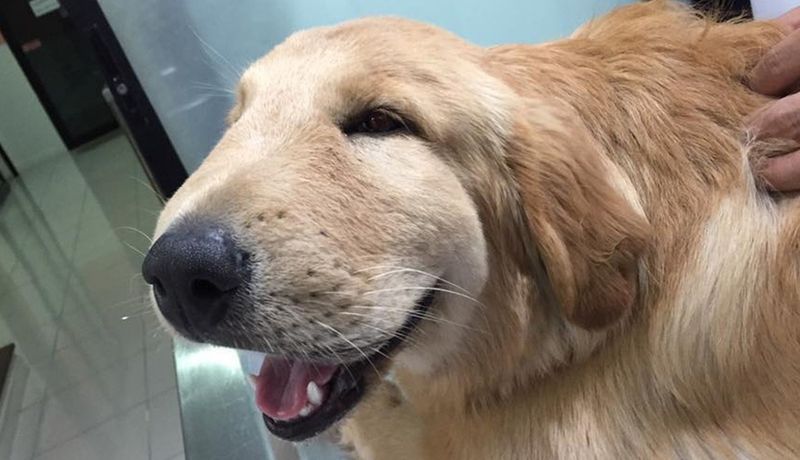
Bees are tiny, yet their presence can have a big impact on dogs. The buzzing sound they make is intriguing but also alarming to our canine friends. Dogs often react by snapping at bees, trying to catch them mid-air.
Unfortunately, this curiosity can lead to painful stings, resulting in yelps and a hasty retreat. For dogs, the buzzing is both a call to action and a warning to be cautious. The sting of a bee leaves a lasting impression, often causing dogs to be wary of these winged insects in the future.
Additionally, the scent of flowers that attract bees might draw dogs closer, increasing the risk of a sting. While they might seem insignificant, bees command considerable respect from dogs who have learned their painful lesson. This delicate balance of curiosity and caution defines the interaction between dogs and bees.
4. Skunks
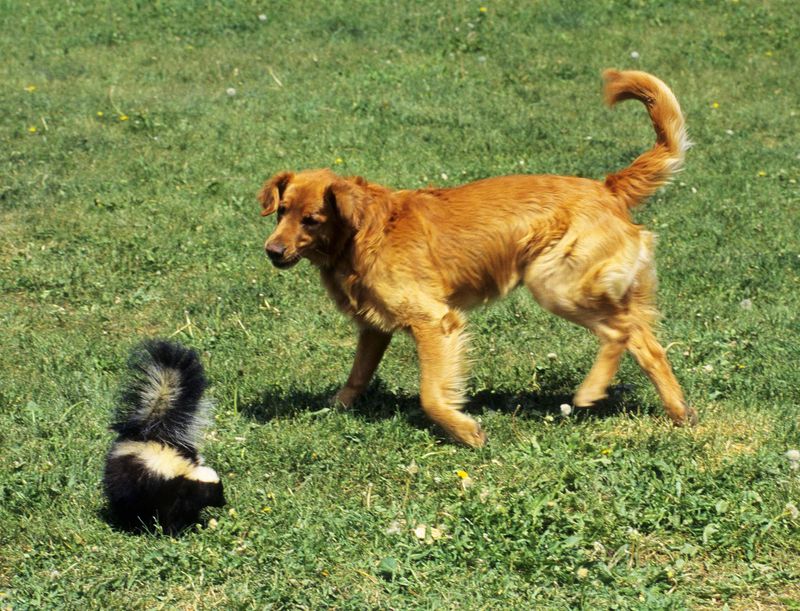
Skunks are notorious for their potent defense mechanism, and dogs are often unfortunate victims. These critters can spray a foul-smelling liquid when they feel threatened, a scent that lingers for days. Dogs, driven by curiosity, often approach skunks without realizing the consequences.
The encounter usually ends with dogs retreating, noses wrinkled, and owners scrambling for cleaning solutions. This unpleasant experience makes skunks one of the least liked creatures among dogs. Despite their malodorous reputation, skunks are non-aggressive and prefer to avoid confrontation.
However, their defensive spray is enough to keep dogs at bay. The pungent smell can permeate a dog’s coat, making it a memorable deterrent. Skunks thus serve as a reminder to dogs about the dangers of following their noses without caution. The experience with skunks teaches many dogs to be more discerning in their future encounters.
5. Porcupines
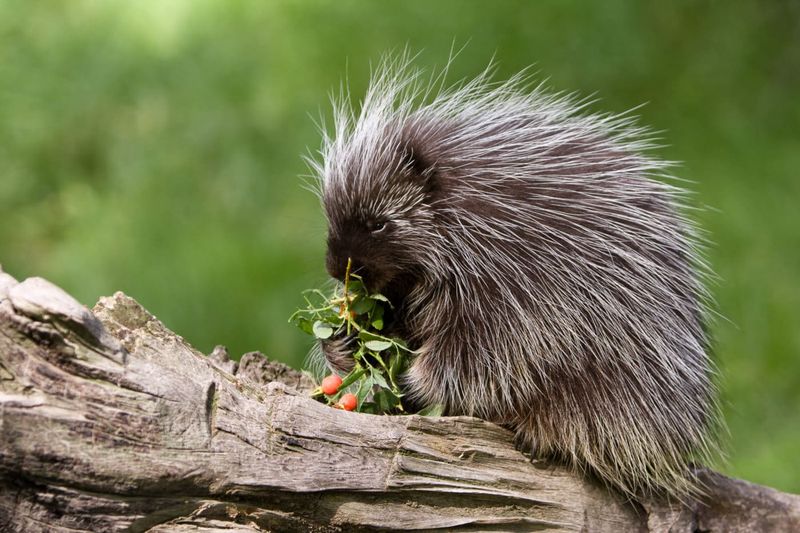
Porcupines present an unexpected challenge for many dogs. Their sharp quills serve as a form of protection against predators, including curious canines. Dogs that get too close may find themselves with a face full of painful quills.
This painful lesson is often learned the hard way, as dogs, driven by curiosity, tend to investigate unfamiliar animals. The encounter with a porcupine is often brief, but the effects can last for days or even weeks.
Removing quills is a painful process that requires veterinary attention. For dogs, the porcupine becomes a reminder of the consequences of curiosity. Despite their prickly reputation, porcupines are not aggressive and prefer to be left alone.
Their unique defense mechanism ensures that most dogs only need one encounter to learn to keep their distance. This interaction serves as a valuable life lesson for many adventurous pups.
6. Raccoons
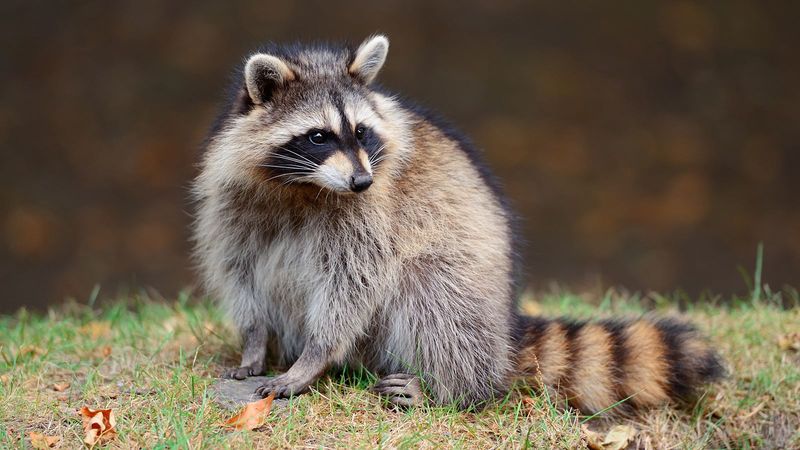
Raccoons are clever and resourceful animals that often find themselves at odds with dogs. Known for their nocturnal habits and masked appearance, raccoons are adept at scavenging, often invading garbage bins and gardens.
For dogs, these intruders represent a challenge to their territory. The presence of a raccoon can trigger a dog’s protective instincts, leading to barking and attempts to chase the raccoon away. However, raccoons are not easily intimidated and can be quite bold, sometimes standing their ground against dogs.
This confrontation can result in tense stand-offs or noisy chases, leaving both parties on edge. Dogs often find raccoons to be relentless invaders, unbothered by their attempts to remove them. As a result, dogs may view raccoons as persistent nuisances, sparking a rivalry that continues as long as raccoons enter their domain. This interaction highlights the territorial instincts present in many dogs.
7. Snakes
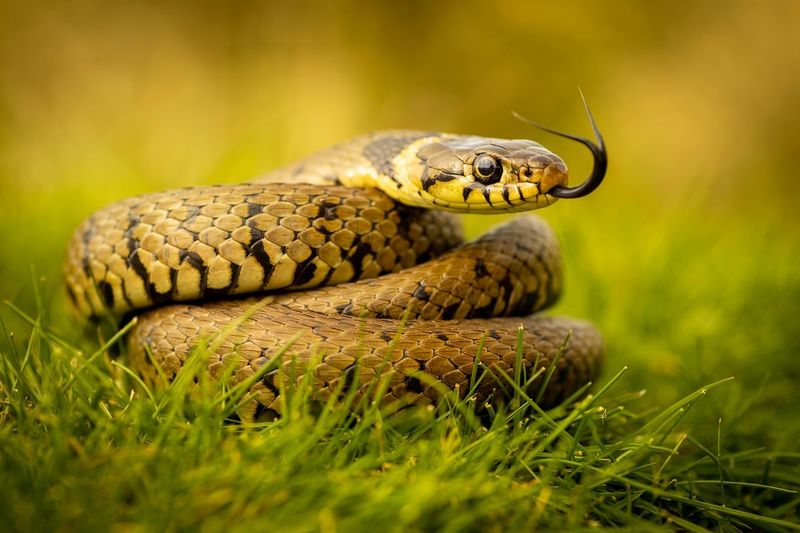
Snakes evoke a natural wariness in many dogs. The slithering motion and subtle movements can be both fascinating and frightening for curious canines. Dogs may approach snakes out of curiosity, only to be met with a defensive response.
Some snakes, particularly venomous ones, pose a real danger to dogs, making these encounters potentially hazardous. Even non-venomous snakes can deliver a swift bite if threatened. For dogs, the presence of a snake often triggers a mix of curiosity and caution. Owners must be vigilant during outdoor adventures to prevent unwanted snake encounters.
The experience with snakes serves as a reminder of the importance of staying alert and aware of one’s surroundings. While some dogs learn to avoid snakes, others may remain intrigued, leading to repeated close calls. Snakes, with their mysterious allure, continue to be creatures that many dogs approach with a mix of interest and respect.
8. Mice
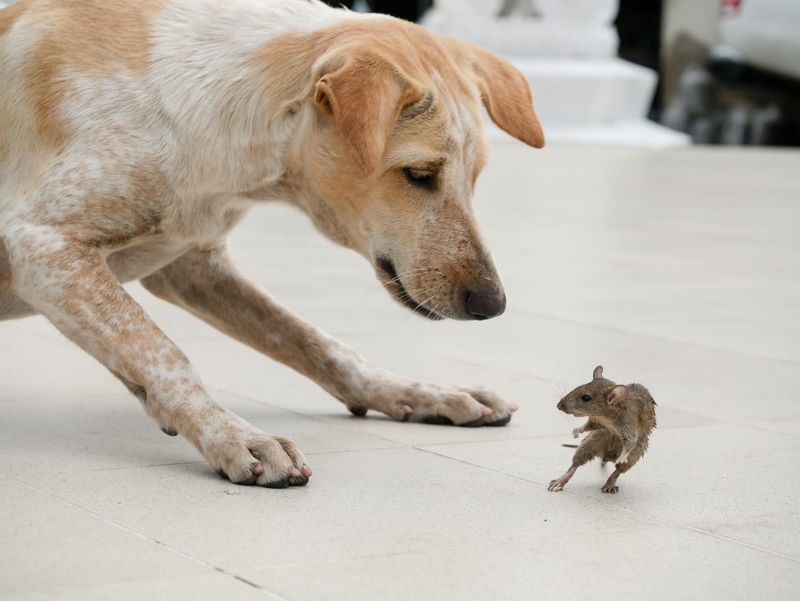
Mice may seem harmless, but their presence can be a source of frustration for many dogs. These small rodents are quick and elusive, darting in and out of sight with ease. For dogs, spotting a mouse can trigger their predatory instincts, leading to a frenzy of activity as they attempt to catch the tiny intruder.
However, mice are masters of evasion, often disappearing before dogs can get close. This game of hide and seek can be exasperating for dogs, who may spend hours searching for the elusive mouse.
Despite their small size, mice can be a big annoyance for dogs, especially in homes where they become frequent visitors. This dynamic showcases a dog’s natural hunting instincts, bringing out their desire to track and capture prey. While most dogs never catch a mouse, the pursuit itself provides mental and physical stimulation, keeping them entertained and engaged.
9. Birds

Birds captivate dogs with their ability to soar through the skies. Their movement is unlike any other creature, drawing the attention of dogs who may attempt to chase them. Despite their best efforts, dogs rarely succeed in catching birds, whose flight provides a significant advantage.
For many dogs, the presence of birds in the garden or park is a source of endless fascination. Their songs and calls can trigger barking or excited jumping as dogs try to get closer. Birds, however, often remain just out of reach, fluttering away at the last moment.
This interaction highlights the limitations of dogs’ abilities, reminding them of the challenges of pursuing aerial creatures. While some dogs may grow accustomed to birds, others remain perpetually intrigued, watching the skies for their next encounter. Birds continue to be an ongoing source of curiosity and excitement for many dogs.
10. Frogs
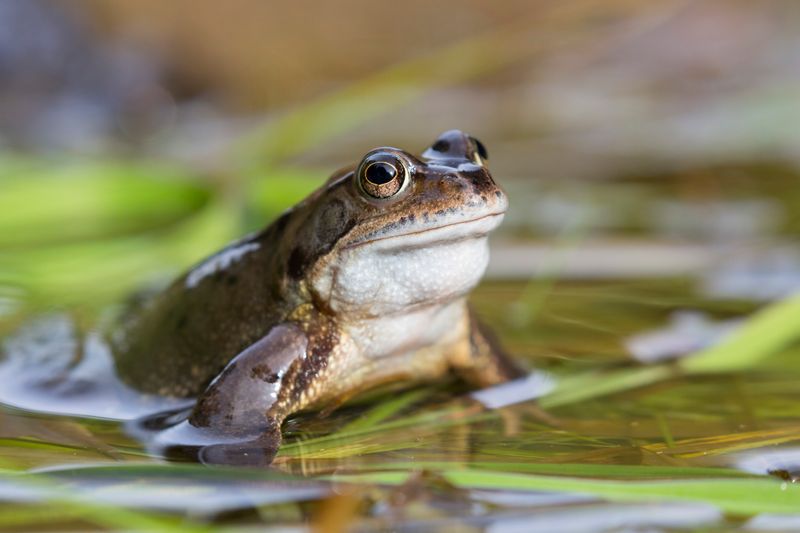
Frogs fascinate dogs with their sudden hops and croaks. These amphibians often appear near water sources, catching the attention of curious canines. Dogs may try to catch frogs, only to be surprised by their quick jumps into water. The interaction is often brief but memorable, leaving dogs puzzled by the frog’s sudden disappearance.
Frogs, with their unique sounds and movements, provide dogs with an opportunity to engage their senses. This encounter can lead to playful chases around ponds or gardens, with dogs eagerly following the frog’s unpredictable path.
Despite their efforts, dogs rarely capture frogs, who are adept at evading pursuit. The dynamic between dogs and frogs showcases the playful side of canine nature, where curiosity drives exploration. Frogs, with their elusive nature, become a part of a dog’s adventure, offering a touch of the wild in everyday life.
11. Rats
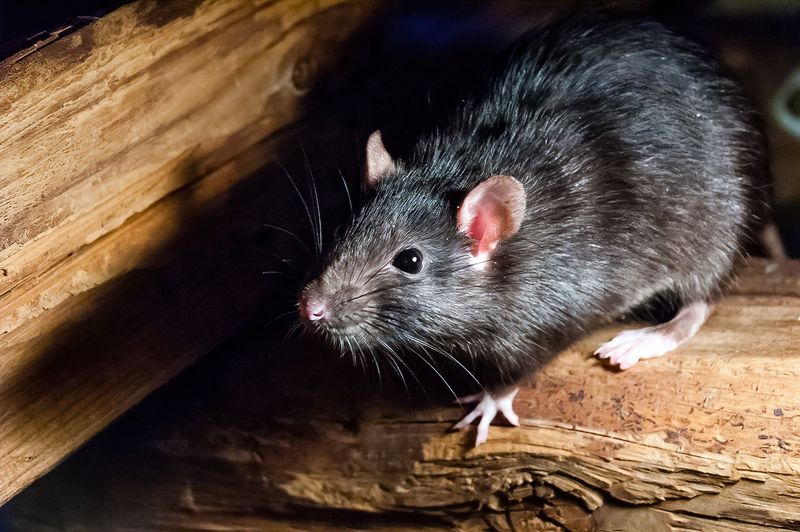
Rats, like mice, are quick and elusive, presenting a challenge for dogs. These rodents often invade homes and gardens, prompting dogs to spring into action. The presence of a rat can trigger a dog’s hunting instincts, leading to a pursuit that spans across rooms or yards.
However, rats are cunning and resourceful, often slipping away before dogs can close in. This game of cat and mouse, or rather dog and rat, can be both frustrating and exciting for dogs. Rats, with their ability to hide in small spaces, test a dog’s patience and agility.
For many dogs, the thrill of the chase is enough to keep them engaged, even if they never catch the intruder. This interaction highlights the age-old dynamic between predator and prey, showcasing the instincts that drive a dog’s behavior. Despite their size, rats provide a significant challenge that keeps dogs alert and active.
12. Foxes
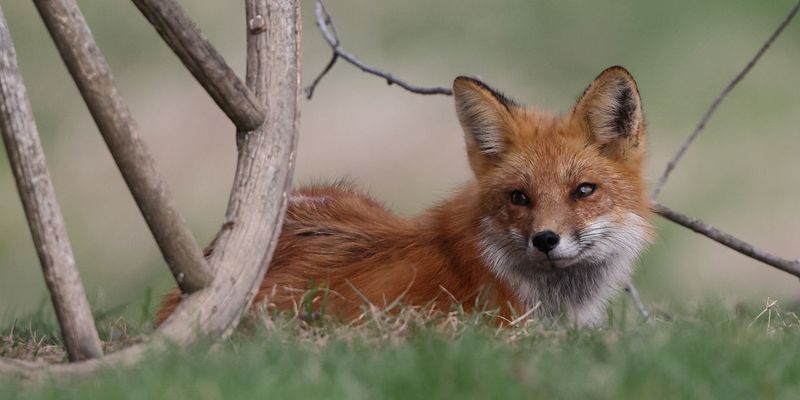
Foxes are cunning and adaptable, often crossing paths with dogs in rural and suburban areas. Known for their intelligence and agility, foxes can outsmart dogs during encounters. Dogs may bark and give chase, but foxes, with their swift movements, often escape into the underbrush.
This interaction can be thrilling for dogs, whose hunting instincts are activated by the sight of a fox. Foxes, on the other hand, are wary of dogs and prefer to avoid confrontation. Their ability to blend into their surroundings and move stealthily allows them to evade pursuit.
For dogs, the encounter with a fox is both exciting and challenging, sparking their natural curiosity and desire to chase. While most dogs are left barking at the retreating tail of a fox, the experience provides mental stimulation and a taste of adventure. Foxes, with their enigmatic presence, remain intriguing opponents for many dogs.
13. Bats
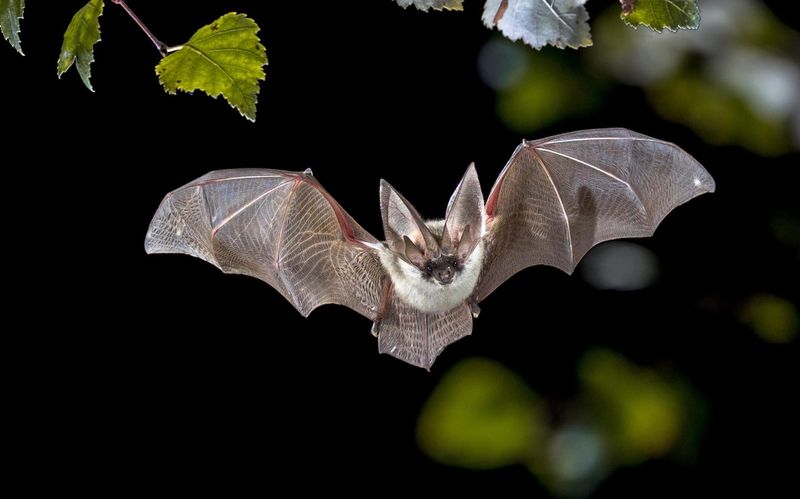
Bats are mysterious and often misunderstood creatures that can elicit a strong reaction from dogs. Their erratic flight patterns and nocturnal habits make them a rare sight, but one that captivates curious canines.
Dogs may bark at the fluttering figure of a bat, trying to track its unpredictable movements. However, bats are adept at avoiding obstacles and predators, making them a challenging target for dogs. The presence of bats can trigger a dog’s protective instincts, especially if they venture too close to home.
While bats pose little threat to dogs, the encounter is memorable for the novelty it brings. This interaction highlights a dog’s curiosity and their desire to understand the unfamiliar. Bats, with their unique abilities, continue to be creatures of intrigue for many dogs, offering a glimpse into the nocturnal world that lies beyond their usual experience.
14. Coyotes
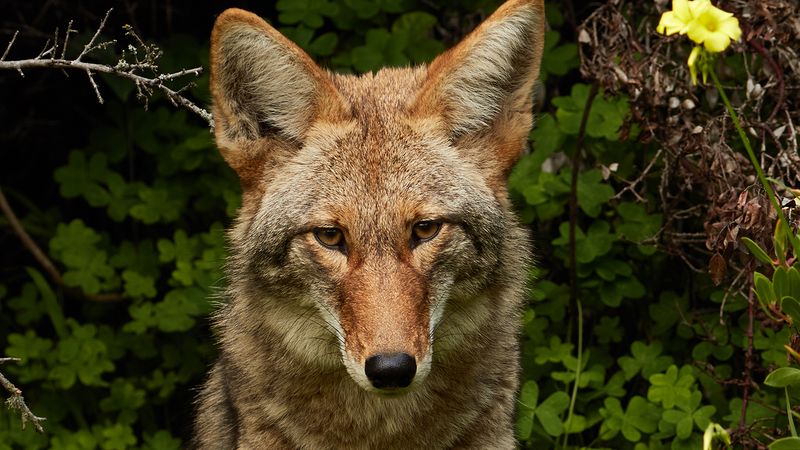
Coyotes are wild canines that can pose a threat to domestic dogs, particularly in rural and suburban areas. Their presence can trigger defensive behavior in dogs, who may bark and attempt to assert their territory. Coyotes are intelligent and resourceful, often avoiding direct conflict unless provoked.
For many dogs, encountering a coyote is an intimidating experience that requires vigilance and caution. Owners must be aware of the risks and keep their dogs close when in areas where coyotes roam. The interaction between dogs and coyotes highlights the complex dynamics of canine behavior and territory.
While some dogs may view coyotes as competitors, others see them as a potential threat. This encounter serves as a reminder of the wild elements that exist close to human habitation, challenging dogs to navigate the balance between curiosity and caution. Coyotes, with their elusive nature, remain formidable and fascinating creatures for dogs.
15. Badgers
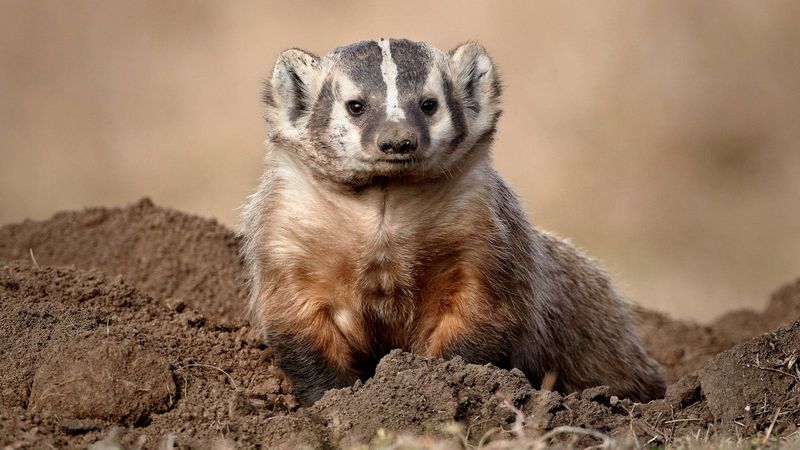
Badgers are tenacious and tough creatures that often clash with dogs over territory. Known for their digging abilities, badgers can create extensive burrows that disrupt gardens and lawns, attracting the attention of curious dogs.
Dogs may attempt to confront a badger, only to find themselves facing a determined and well-equipped opponent. Badgers, with their powerful claws and sharp teeth, are not easily intimidated and will defend their territory fiercely.
This encounter can be intense, with dogs barking and badgers standing their ground. For dogs, the presence of a badger is both a challenge and a test of courage. Owners should be cautious in areas where badgers are known to inhabit, as these interactions can escalate quickly.
The dynamic between dogs and badgers showcases the territorial instincts that drive both species, highlighting the challenges of coexisting in shared environments. Despite their differences, both dogs and badgers command respect in their respective domains.
16. Gophers
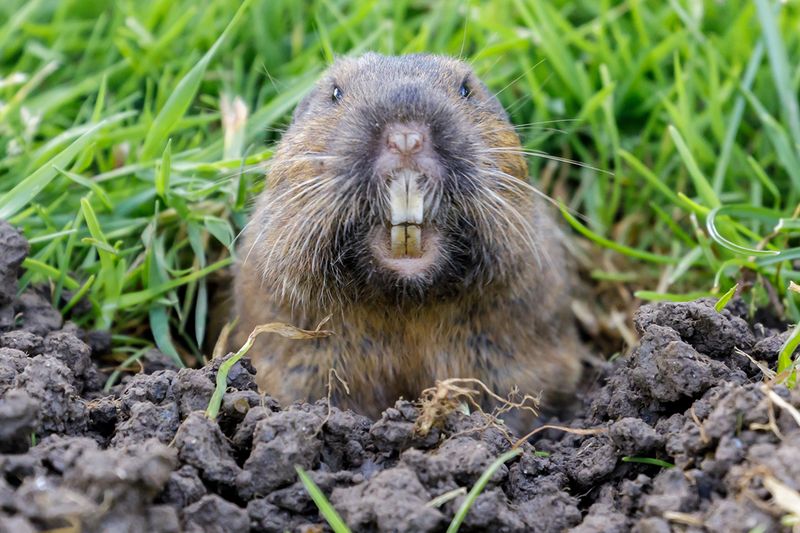
Gophers are small burrowing rodents that can cause a stir in gardens and lawns. Their presence often goes unnoticed until dogs catch a whiff of their scent. For dogs, the scent of a gopher is like a mystery waiting to be solved.
They may dig furiously in an attempt to uncover the hidden creature, turning a quiet afternoon into a flurry of activity. Gophers, with their network of tunnels, are adept at avoiding capture, leaving dogs both frustrated and intrigued.
This interaction highlights a dog’s natural digging instincts, bringing out their inner explorer. While dogs rarely catch a gopher, the pursuit is engaging and provides mental stimulation. Owners should be mindful of their dog’s digging habits, as the chase can lead to garden destruction.
The presence of gophers offers a glimpse into the underground world, sparking a dog’s curiosity and desire to uncover the secrets beneath their paws.
17. Snapping Turtles
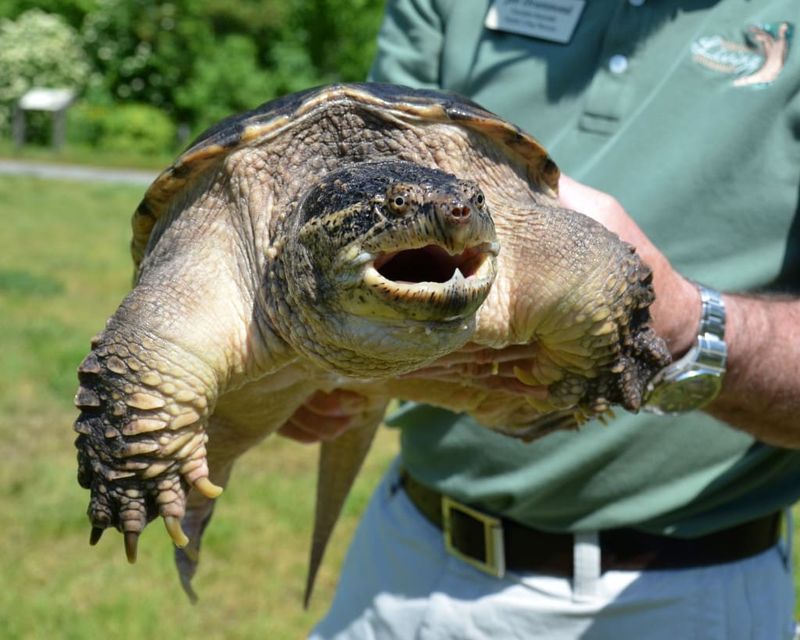
Snapping turtles are formidable opponents for curious dogs. Known for their powerful jaws and defensive nature, these turtles can deliver a painful bite if threatened. Dogs drawn to the water’s edge may encounter a snapping turtle basking in the sun or submerged just beneath the surface.
The presence of a snapping turtle can evoke both curiosity and caution in dogs, who may approach with trepidation. Owners should be vigilant near bodies of water where these turtles are known to reside, as encounters can lead to injury.
Snapping turtles, with their prehistoric appearance and slow movements, captivate the attention of many dogs. However, their defensive capabilities remind dogs of the importance of respecting unfamiliar creatures.
This interaction highlights the balance between curiosity and caution, teaching dogs valuable lessons about the natural world. Despite their intimidating presence, snapping turtles remain a subject of intrigue for dogs exploring their environment.
18. Wasps
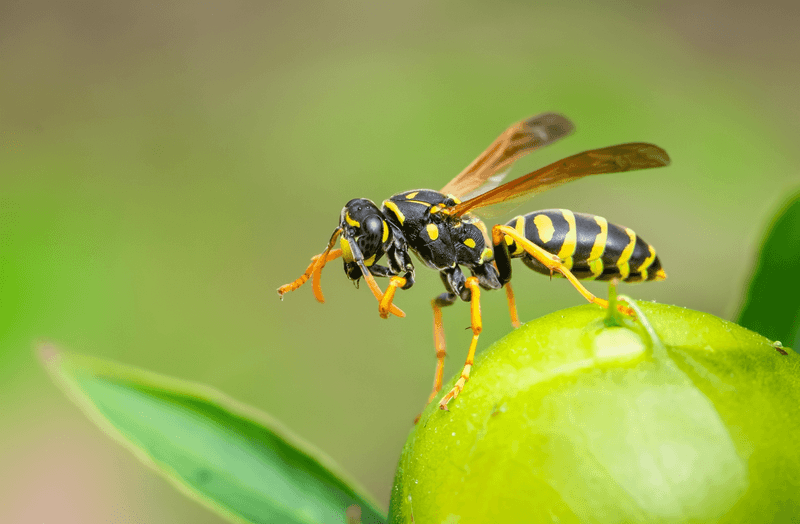
Wasps are small but mighty creatures that can provoke a strong reaction from dogs. Their buzzing sound is similar to bees, but their aggressive nature can lead to painful encounters. Dogs may attempt to catch wasps in mid-air, only to be met with a sting that prompts a swift retreat.
The presence of wasps can turn a peaceful garden outing into a frantic game of avoidance for dogs, who quickly learn the consequences of curiosity. Wasps are more aggressive than bees and can sting multiple times, making them a formidable foe.
For dogs, the lesson learned from a wasp sting is one of caution and respect. These interactions remind dogs of the potential dangers that accompany their natural curiosity.
Owners should be vigilant in areas where wasps are active, keeping their dogs safe from unwanted stings. Despite their size, wasps command a significant level of awareness and caution from our four-legged friends.
19. Groundhogs
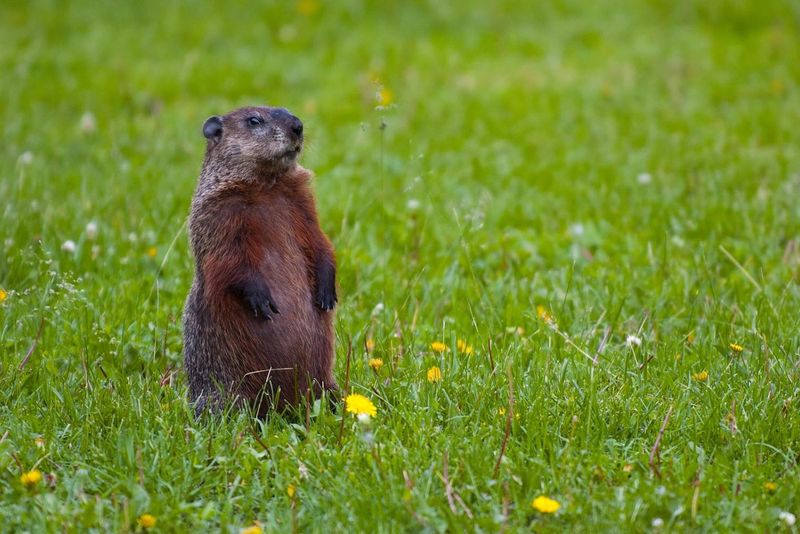
Groundhogs, also known as woodchucks, are burrowing rodents that can pique the interest of dogs. These creatures create extensive burrow systems, disrupting the landscape and catching a dog’s attention.
Dogs may dig and bark in an attempt to unearth the groundhog, sparking a pursuit that echoes their hunting instincts. However, groundhogs are skilled at evading capture, disappearing into their burrows before dogs can get too close.
This interaction showcases a dog’s determination and persistence, driven by the scent and presence of the groundhog. While dogs rarely succeed in catching groundhogs, the chase provides physical and mental stimulation.
Owners should monitor their dogs’ digging habits to prevent garden damage, as the search for groundhogs can lead to enthusiastic excavations. The presence of groundhogs offers dogs a glimpse into the hidden world beneath the soil, fueling their curiosity and adventurous spirit.

